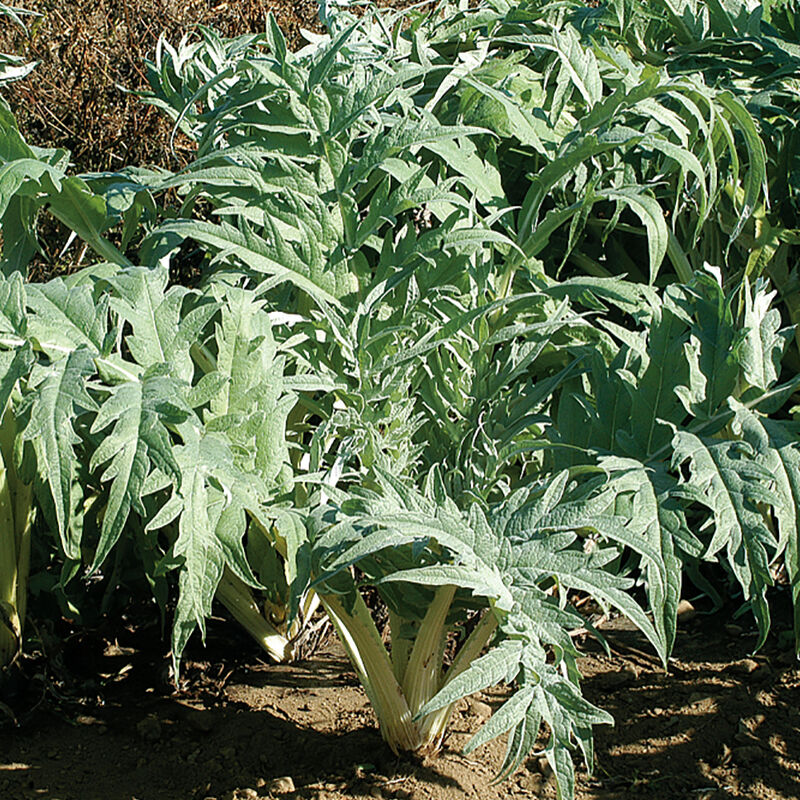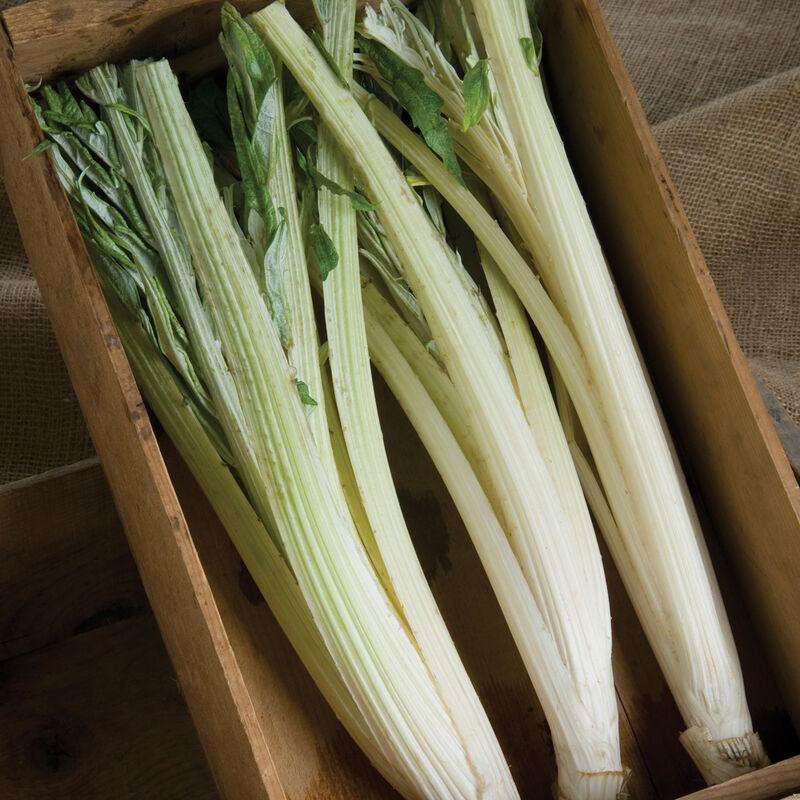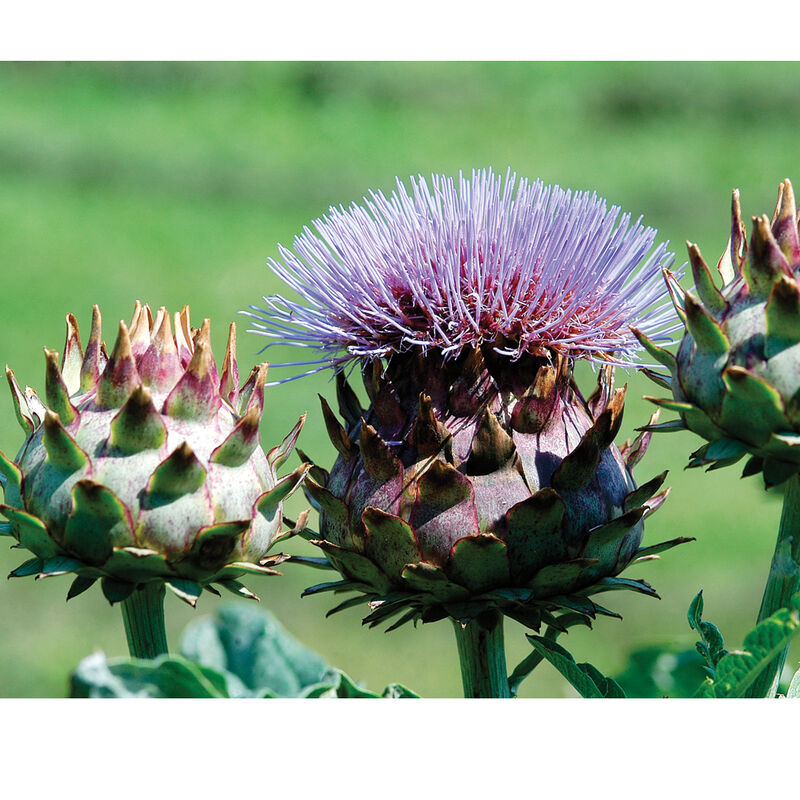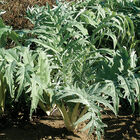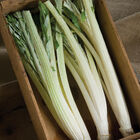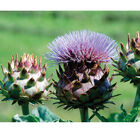Porto Spineless Cardoon Seed
Porto Spineless Cardoon Seed
Artichoke-flavored leaf stalks.
The midrib and leaf stalks of cardoon have a similar flavor to artichoke when boiled (not for eating raw). Both portions are commonly used as a side vegetable, addition to stuffing, or in soups and stews. Cardoon must be blanched before it can be eaten. To blanch, tie the stalks up firmly and wrap with black plastic or black-and-white newspaper. If left unharvested, the 3–4' tall plants will produce large purple thistle-like flowers. The sharply lobed and serrated silver-green leaves are a unique addition to flower arrangements. Significantly reduced spines. Perennial in Zones 6–10.Specs:
- This product does not ship to the following states and jurisdictions: CA.
SCIENTIFIC NAME:
Cynara cardunculusCULTURE:
Cardoon requires very fertile, well-drained soils with a pH of 6.5–7.0. Cardoon is vigorous and can be started 6–8 weeks before transplant date. Plant 2–3 seeds, ¼" deep, per cell in 50-cell plug trays or individual containers. Germinate at 70–80°F (21–26°C) and keep soil moist until emergence. Grow at 60–70°F (15–21°C) day 50–60°F (10–15°C) night. Thin to 1 plant per cell or container when first true leaves appear. Harden off and transplant 2–3' apart in rows 3–6' apart. Protect from frost.DAYS TO MATURITY:
From date of transplant.BLANCHING:
Gather stalks after 3 months of growing. Tie upright with twine and wrap with black plastic or newspaper to exclude sunlight. Blanch for 3–4 weeks during cool weather.HARVEST:
Harvest after blanching by cutting at the base of the stalks to keep them intact.SEEDS/LB. (AVG.): 11,600.PACKET:
25 seeds.Johnny's is committed to your success, every step of the way.
We want you, our customer, to be 100% satisfied with all of our seeds, tools, and supplies.
If anything you purchase from us proves unsatisfactory, we will either replace the item or refund the purchase price.


